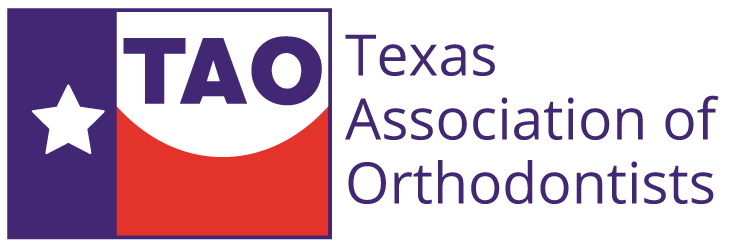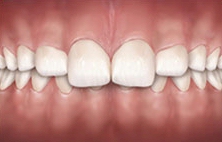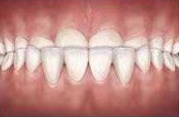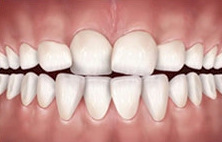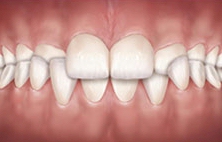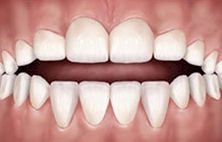The development of a child’s bite is important. Orthodontists can straighten teeth at any time in life. But, there are some things that need addressing while kids are still young and growing. Baby teeth are more than just place-holders for the permanent teeth. They also set the foundation for the developing jaw structure and bite relationships.
Sometimes, parents think it’s not that big of a deal to have crooked teeth in the younger years. However, your child’s bite is important and should be examined when they are about five to seven years old. This is the age at which children start to get their permanent teeth. By having an orthodontic exam, you can make sure there are no bite or development issues that need to be addressed.
Early on, an orthodontist will be able to identify whether there are any issues with your child’s bite. During the time frame in which children grow their permanent teeth, which is from age six to eight, the growth of new teeth should be uniform without any gaps that are excessive. Similarly, there shouldn’t be any issues with teeth that are crowded because this can also pose a problem. Either of these issues can contribute to crooked teeth and long-term issues. Let’s take a closer look at the types of problems that can occur.
Overbite
An overbite is when the upper teeth protrude farther than the lower teeth. Generally speaking, when a child has an overbite, their canines and upper incisors protrude over their lower teeth.
Underbite
An underbite is just the opposite of an overbite. When a child’s bite is properly positioned, the top teeth cover the lower teeth when their mouth is closed. When this does not happen and the upper teeth are further back than the lower teeth, it’s considered an underbite.
Misaligned Teeth
Misaligned teeth occurs when there are certain teeth that do not align as they should with the other teeth. This can happen with either the lower or the upper row of teeth. When baby teeth grow in and they are not in the proper position, there’s a good chance that the permanent teeth will have the same issue. Whether it’s a protrusion where a tooth is too far forward, or a retrusion where it’s positioned too far back, it’s an issue that should be addressed.
Crossbite
A crossbite is when teeth do not properly fit in a child’s mouth. This is an issue that can happen in both the upper and lower teeth. However, sometimes the overlap is normal for the upper teeth and not the lower teeth. The opposite can also be true where the upper teeth are not properly positioned.
Open Bite
An open bite is when there is a gap located in either the upper front teeth or the lower front teeth. This means there is a visible gap when your child’s jaw is shut. Sometimes this condition develops because pressure was placed on the front teeth from thumb sucking, which happens quite frequently. As a result, the front teeth start to develop further out than they should. When this happens, it can cause a shift in the teeth located in the back of your child’s mouth.
These are all issues that should be monitored with the help of an orthodontic specialist. The orthodontist that you choose for your child will be able to conduct an evaluation to determine if any of these conditions exist and what should be done as a result. The best case scenario is that action is taken sooner than later to address any problems. The earlier you identify, acknowledge and address any of these issues, the easier and less costly it will become. More importantly, it’s in the best interest of your child.
Use the convenient directory on the TAO website to find a Texas Orthodontic Specialist near you.
